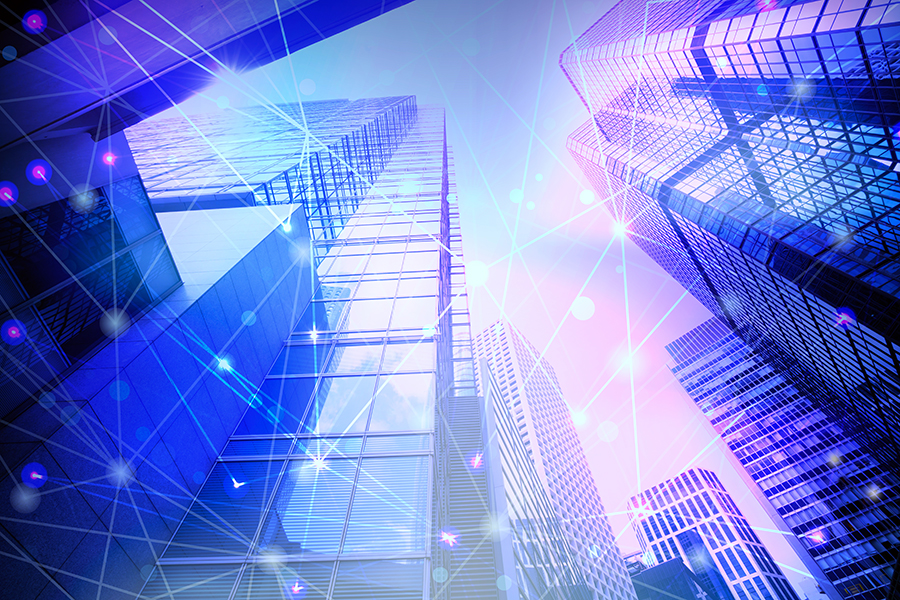In this article, you'll learn:
- How IoT enhances building systems for better efficiency and comfort.
- The role of IoT in improving air quality and its impact on work performance.
- IoT solutions for common office hassles like smart elevators and parking apps.
- How IoT enables quicker property management responses and real-time issue detection.
- The growing need for reliable connectivity in buildings due to increased IoT use.
The Internet of Things or IoT isn't just changing the way that we live; it's also affecting the way that we work. Across all industries, the IoT is disrupting the norm, simplifying and automating tasks and opening the doors to new forms of communication. The commercial real estate industry is no exception. Here are just some of the ways that the Internet of Things is transforming commercial real estate.
1. Smarter Building Systems
The IoT allows building systems like lighting and HVAC to be connected to the Internet. Lights can be scheduled to turn on and off at certain times, and thermostat levels can be adjusted remotely or set to automatically adjust. This is making today's office buildings far more efficient, leading to savings in occupancy costs for tenants. Plus, having more control over building systems creates more comfortable working environments.
2. Cleaner Air to Breathe
With the IoT, it is much easier to monitor conditions within an office building in order to address concerns. One area where this is especially important is air quality. Closely monitoring air quality levels and taking steps to remove impurities from the air with smart filtration systems can make it easier for all occupants to breathe. Studies have found that air quality has a dramatic impact on work performance. One found that cognitive scores for employees with access to clean air are 60 percent higher than those of their counterparts.
3. Solutions for Common Hassles
The IoT is now being used to address a whole host of everyday hassles in commercial office buildings. Smart elevators reduce wait times during peak hours, and apps can now help employees find parking spaces in crowded lots and garages. In the retail sector, the IoT can be employed to monitor foot traffic, giving new insights into which spots truly are the prime locations and allowing landlords to make adjustments to the space to eliminate bottle necks.
4. Faster Response From Property Managers
Today, property managers have access to a wealth of data on their mobile devices. It's now possible for vigilant property managers to spot problems with office spaces in real time, perhaps even before their tenants have had a chance to notice. Automatic push notifications can alert property managers to issues as soon as they arise, meaning there is much less wait time to have repairs made. When tenants do need to make a maintenance or repair request, reporting the issue and tracking the progress toward resolution is simple using software and apps.
5. Greater Demand for Connectivity
As more and more companies are relying on the IoT as a part of their daily business, the need for reliable Internet access is becoming increasingly important. In order to remain competitive, landlords will need to ensure that their buildings provide the connectivity that tenants demand. The days when it was acceptable to have even small dead zones in buildings are gone. Many landlords are making distributed antenna systems top priorities for building improvements in order to meet the connectivity needs of tenants.







